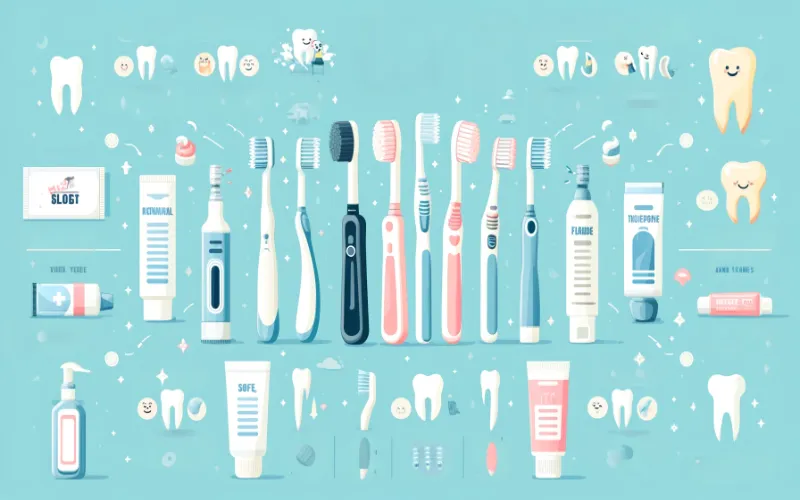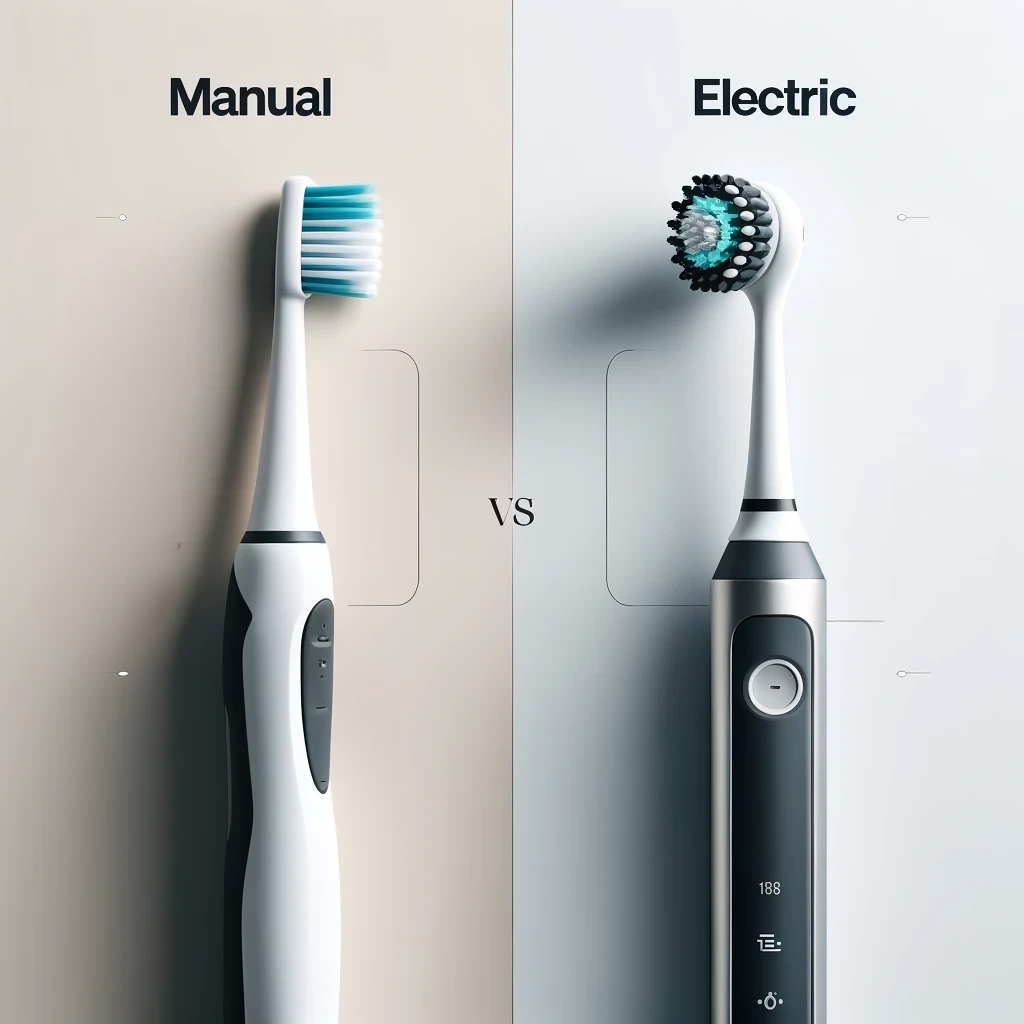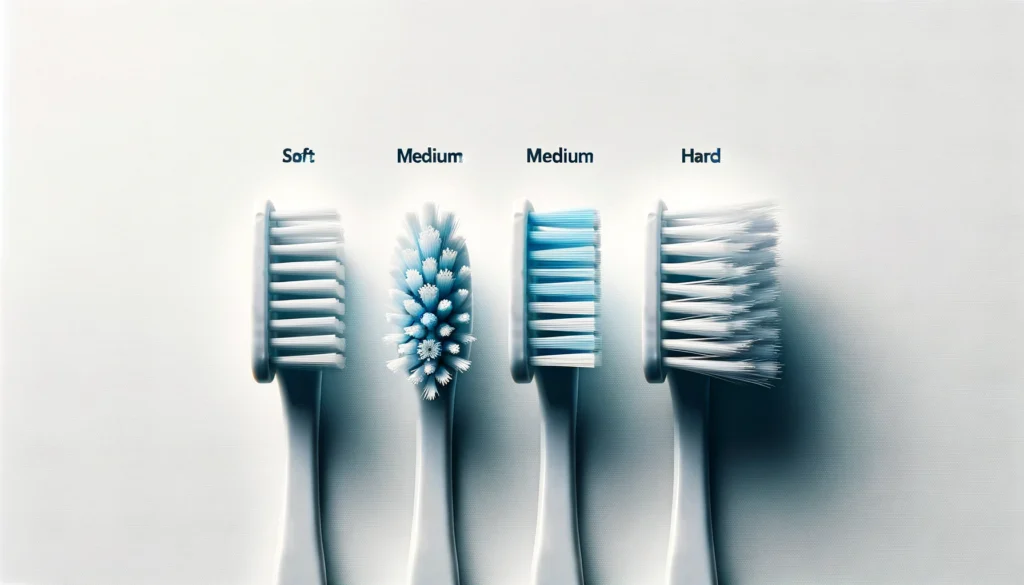Choosing the right toothbrush and toothpaste begins with a comprehensive understanding of your oral health needs. Each individual’s dental health is unique and influenced by age, dietary habits, and dental conditions. For instance, someone with sensitive gums will have different requirements compared to a person with a history of cavities. Consulting with a dental professional can provide valuable insights into specific needs, ensuring you select products that benefit you most.
Why It Is Important to Choose the Right Toothbrush and Toothpaste
Selecting the right toothbrush and toothpaste is paramount for maintaining optimal oral health. A toothbrush that matches your dental needs and toothpaste with appropriate ingredients can significantly influence your dental hygiene routine. Using the wrong type of toothbrush, such as one with too-hard bristles, can lead to enamel erosion and gum damage. Conversely, a toothbrush with soft bristles can clean effectively without causing harm.
Toothpaste selection is equally critical. Ingredients like fluoride strengthen enamel, while specialized toothpaste can address specific concerns such as sensitivity or gum disease. Choosing the wrong toothpaste might not only fail to address your dental issues but could also exacerbate them. For instance, whitening toothpaste with harsh abrasives might be too rough for sensitive teeth, leading to increased discomfort.
Types of Toothbrushes: Manual vs. Electric
Toothbrushes come in two primary categories: manual and electric. Manual toothbrushes are traditional and rely on the user’s motion for effective cleaning. They are affordable and accessible, making them a popular choice. On the other hand, electric toothbrushes use oscillating or vibrating motions to enhance cleaning efficiency. Electric toothbrushes can be more effective at reducing plaque and gingivitis. When choosing between the two, consider your budget, lifestyle, and personal preference for ease of use.
Beyond the basic differences, each type offers distinct advantages. Manual toothbrushes provide greater control over brushing technique and pressure, benefiting those with sensitive teeth or gums. They are also lightweight and travel-friendly, requiring no batteries or charging. Electric toothbrushes, however, often come with built-in timers to ensure the recommended brushing duration and may feature various modes for different cleaning needs, such as sensitive or deep clean settings. Electric toothbrushes can be particularly helpful for individuals with limited dexterity, making them an excellent choice for the elderly or those with arthritis.
| Brushes | Pros | Cons |
| Manual Toothbrush | Affordable, easy to find, portable, and no need for batteries or charging. | It requires proper technique for effective cleaning, and no built-in timers exist. |
| Electric Toothbrush | Superior plaque removal, built-in timers, multiple brushing modes, beneficial for limited dexterity. | More expensive, requires charging or battery replacement, and is less portable. |
Toothbrush Bristle Types: Soft, Medium, and Hard
The type of bristles on your toothbrush plays a crucial role in oral hygiene. Dentists generally recommend soft bristles because they are gentle on the gums and effective at cleaning teeth without causing damage. Medium and hard bristles can be too abrasive, potentially leading to enamel erosion and gum irritation. Selecting a toothbrush with bristles that suit your dental sensitivity and cleaning needs is essential.
Soft bristles, often made from nylon, can reach below the gum line and into hard-to-reach areas without causing harm. Medium bristles seem appealing for their added firmness, but they should be used cautiously as they can wear down enamel over time. Hard bristles, although effective in scrubbing, are rarely recommended due to their potential to cause significant damage to both gums and enamel. Additionally, some toothbrushes come with tapered or rounded bristle tips designed to minimize irritation further and enhance cleaning efficiency.
| Brushes | Pros | Cons |
| Soft Bristles | Gentle on gums, effective for sensitive teeth, and safe for daily use. | It may wear out more quickly, less effective at removing stubborn plaque. |
| Medium Bristles | Better at removing plaque provides a stronger cleaning sensation. | It can cause enamel wear and gum irritation if used improperly |
| Hard Bristles | Hard bristles can be more effective at removing stubborn plaque and stains due to their firmness and rigidity. | They can cause significant enamel erosion and gum damage, increasing sensitivity and potential dental issues. |
The Role of Toothbrush Head Size and Shape
The size and shape of the toothbrush head are important considerations for effective cleaning. Smaller heads can more easily reach difficult areas of the mouth, such as the back molars and along the gum line, than larger heads. Additionally, toothbrushes with angled or contoured heads can help navigate the unique topography of individual mouths.
Selecting a head size and shape that aligns with your dental anatomy can enhance your brushing efficacy. Larger heads might seem appealing for quickly covering more surface area, but they can miss critical spots and be cumbersome.
On the other hand, a well-designed, smaller toothbrush head can ensure that every nook and cranny of your teeth and gums is thoroughly cleaned, reducing the risk of plaque buildup and dental issues.
Decoding Toothpaste Ingredients
Toothpaste ingredients vary widely, each offering specific benefits. Fluoride, a common ingredient, strengthens enamel and helps prevent cavities. Antibacterial agents like triclosan reduce plaque and gingivitis. For sensitive teeth, ingredients like potassium nitrate or strontium chloride can alleviate discomfort. Understanding these ingredients helps in selecting a toothpaste that addresses your specific dental issues.
- Fluoride: Strengthens enamel and helps prevent cavities.
- Antibacterial Agents (e.g., triclosan): Reduces plaque and gingivitis.
- Potassium Nitrate or Strontium Chloride: Alleviates discomfort for those with sensitive teeth.
- Hydrated Silica: Acts as a mild abrasive to remove surface stains.
Understanding these ingredients helps in selecting a toothpaste that addresses your specific dental issues.
Specialty Toothpaste for Specific Conditions
There are toothpastes designed to address specific dental conditions beyond general oral hygiene.
- Whitening Toothpaste: Contains abrasives and bleaching agents to remove surface stains.
- Desensitizing Toothpastes: Help mitigate sensitivity by blocking nerve pathways.
- Tartar Control Toothpastes: Prevent tartar build-up for individuals with periodontal disease.
- Anti-Cavity Toothpastes: Include higher fluoride concentrations to strengthen enamel and prevent decay.
Selecting a specialty toothpaste based on your dental condition can provide targeted care and improve oral health.
The Importance of ADA Approval
The American Dental Association (ADA) seal of approval is a reliable indicator of a product’s safety and effectiveness. Products bearing the ADA seal have undergone rigorous testing and meet stringent standards for oral care. When selecting a toothbrush or toothpaste, looking for the ADA seal can assure that dental professionals have evaluated and endorsed the product.
This seal signifies that the product has met high standards in areas such as effectiveness in plaque removal, prevention of cavities, and overall contribution to oral health. It also indicates that the product does not contain harmful substances and is safe for long-term use. Consumers can trust that ADA-approved products have been thoroughly vetted and are safe and effective for optimal dental health.
Conclusion
Choosing the right toothbrush and toothpaste is a nuanced decision that hinges on understanding your specific oral health needs. Every element plays a crucial role in effective dental care, from the type of toothbrush—manual or electric—to the softness of the bristles and the size of the toothbrush head. Similarly, the ingredients in toothpaste, tailored to address conditions such as sensitivity, cavities, or gum disease, are vital in promoting oral health.
The ADA seal of approval serves as a trustworthy guide, ensuring the products you select meet high safety and efficacy standards. Ultimately, personal preferences in comfort and ease of use cannot be overlooked, as they drive the consistency of your oral hygiene practices.
By making informed choices about your toothbrush and toothpaste, you can achieve a healthier mouth and a brighter smile. Embracing products that cater to your unique dental needs enhances your oral hygiene routine and contributes to your overall well-being.

Dr. Orion Johnson is a dedicated and compassionate dentist committed to providing exceptional dental care to his patients.Dr. Johnson obtained his Doctor of Dental Surgery (DDS) degree from a prestigious dental school, where he excelled academically and clinically. He is licensed to practice dentistry and stays updated with the technology through continuing education and training.


